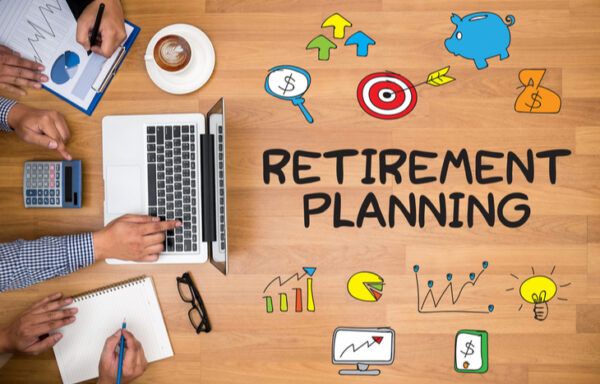How Does a 403(b) Plan Differ From a 401(k) Plan?
A 403(b) plan works in a similar fashion to a traditional 401(k) plan. But there are a few key points that differentiate these types of retirement accounts.
A 403(b) plan is for specific employees of public schools and other public institutions, as well as tax-exempt organizations. Participants commonly include teachers at all educational levels and government employees. Some nurses and doctors will also have access to this type of retirement account. Let’s take a closer look below.

403(b) Plan vs. 401(k) Plan
The biggest difference between these two plans is the participants. Otherwise, they work in similar ways.
So what is a 403(b) plan, exactly? It’s a plan for certain public-sector employees and tax-exempt organizations that offers a tax-advantaged way to save for retirement. Congress invented 403(b) plans in 1958 as a tax-sheltered annuity for certain organizations.
But the investment options are often more limited than they are with a traditional 401(k). And a 401(k) serves private-sector employees. Most 403(b) plans offer mutual fund options such as fixed and variable contracts. Other securities, such as stocks and real estate investment trusts (REITs), are prohibited.
Yet there are many benefits to a 403(b) plan. For instance, these accounts can include faster vesting options for your funds. You will also have the ability to make additional catch-up contributions if necessary.
Contribution limits are right on par with a 401(k) plan. The basic contribution limit is $19,500 in 2020 and 2021. The combined employer and employee contributions are limited to less than $57,000 in 2020 and less than $58,000 in 2021, or less than 100% of the employee’s most recent yearly salary.
You can withdraw funds without penalty once you reach 59 1/2. Any funds withdrawn before this age are subject to a 10% tax penalty. There are also Roth options available for 403(b) plans if you are interested.
403(b) Plan Outlook
The overall outlook for a 403(b) plan is, as you may have guessed, similar to that of a 401(k). For starters, all earnings and returns are tax-deferred until you make withdrawals.
Your employer may also offer a contribution match. And if you have 15 or more years of service with a certain nonprofit or government agency, you may have the option to make even more additional catch-up contributions. There are generally lower administrative fees as well.
In addition, some 403(b) plans offer immediate vesting of funds. This is almost unheard-of in 401(k) plans. To learn six ways to make the most of these plans, click on the link in the previous sentence.
Planning for Your Retirement
Whether you work in the public or the private sector, it’s important that you plan for your retirement. There are many avenues you can take to prepare financially for this stage of life.
Don’t fall behind in your retirement savings journey. Sign up for the Wealthy Retirement e-letter below for the most up-to-date retirement trends and strategies.
Many Americans aren’t saving enough money to live comfortably in retirement. And this is largely due to the fact that most people aren’t informed enough to make better retirement decisions. Do your research and learn more about the benefits of a 403(b) plan if you work in the public sector.
About Corey Mann
Corey Mann is the Content Manager of Investment U. He has more than 10 years of experience as a journalist and content creator. Since 2012, Corey’s work has been featured in major publications such as The Virginian-Pilot, The Washington Post, CNN, MSNBC and more. When Corey isn’t focusing on Investment U, he enjoys traveling with his wife, going to Yankees games and spending time with his family.





